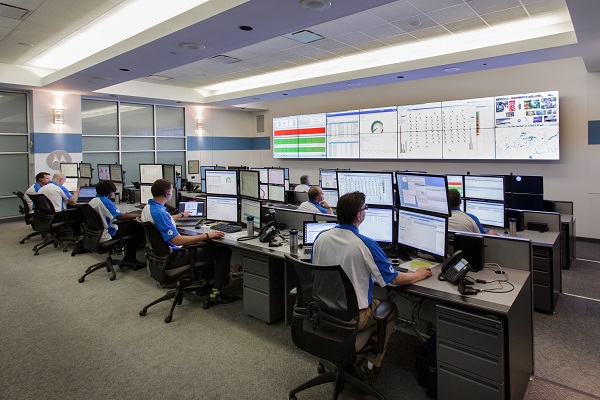Public safety dispatchers often tell us that to be successful they basically need to know everything. And in the world of PSAP dispatch, ‘everything’ includes:
- Knowing the locations of 12 to 120 officers.
- Recognizing the channels and radio talkgroups to stay connected to responders.
- Operating 10-15 separate applications or systems.
- Following multiple protocol-based procedures while making critical decisions in milliseconds.
These telecommunicators are a rare breed. They’re hard to find — and even harder to keep.
Even prior to 2020’s workforce disruptions, PSAP staffing gaps hovered around 30-40%, sometimes reaching the 60-70% range. Preparing new hires takes months of intensive classroom and on-the-job training. Hiring managers know it’s not uncommon to lose up to 50% of trainees well before they’ve progressed from the role of 9-1-1 call taker to public safety dispatcher.
And in today’s evolving PSAP environment, the few who do earn the title of ‘dispatcher’ can expect up to 15 hours of ‘voluntold’ overtime each week. Being a 9-1-1 emergency dispatcher is stressful, and it’s not for everyone.
How Technology Helps (And Hinders) Dispatcher Performance
PSAP professionals like you have been candid with us about how technology influences dispatcher stress levels, for better and for worse. For example, even when the all-important who, what, where and when of an incident are captured in a CAD system, responsiveness and effectiveness is hampered by too many things out of a dispatcher’s control, such as:
- The many steps required to dispatch units and communicate actionable intelligence to responders.
- The number of day-to-day difficulties made worse by siloed or hard-to-use systems.
- The myriad of keyboards, monitors and devices at a typical dispatcher workstation.
- The list of on-screen applications that must be accessed and managed
(14 seems excessive for one human, we agree). - The volume of new data streams flowing into your PSAP.
Of course, the events public safety dispatchers hear and see also influence their performance and stress levels. The entire spectrum of humanity comes and goes every 60 minutes or so — from routine traffic stops and barking dog complaints to active shooter situations and accidents that can include multiple injuries or casualties.
Why PSAPs are Exploring ‘Intelligent Command’
To address the complexities of today’s emergency dispatch center, many PSAP directors and IT managers are looking to the Intelligent Command Center model for a long-term operational and technology strategy. Intelligent command connects disjointed workflows, simplifies multi-step processes, and secures endpoints and sensitive networks — all of which empower overwhelmed teams. At its core, intelligent command reflects a human-centered approach to next generation core software and services, including public safety dispatch consoles.
PSAPs are already using intelligent command to gain more clarity, confidence and control as they manage today’s flood of new data, such as streaming video from citizens. Other centers are exploring this intelligent-driven approach to unify real-time, map-based intelligence into a single, easy-to-understand view.
Put simply, PSAPs are leaning into intelligent command as a path to make emergency call center and dispatch teams more successful — and less overwhelmed — in their complex and critical behind-the-scenes roles.
Making More Feel Like Less – The Ultimate Goal
The notion of intelligent command is very much about what dispatchers mean when they tell us they want “less tech” in their PSAPs. Adding yet another 9-1-1 system or GIS mapping solution that seems ‘bolted on’ as an afterthought won’t help when the vision and goal is a long-term, unified, end-to-end technology strategy. For that, you need technology that’s intentionally designed to improve the performance and reduce the stress levels of the human beings behind the screens and mics.
The complex human factors, operational data and performance metrics teams like yours share with us directly influence the way we imagine, develop and test public safety technologies. Our multidisciplinary experience research teams collaborate with small and large PSAPs during all stages of a new technology’s development. Thus far we’ve spent more than 5,000 hours watching and listening to rookie and seasoned public safety dispatchers, call takers, supervisors and managers, responders, and records specialists. We also asked a lot of questions.
The overarching takeaway: More than ever, your team’s success depends on integrated, intuitive, intelligence-led solutions that feel like less while doing more.
Read More: How Intelligent Command is Simplifying PSAP Dispatch




